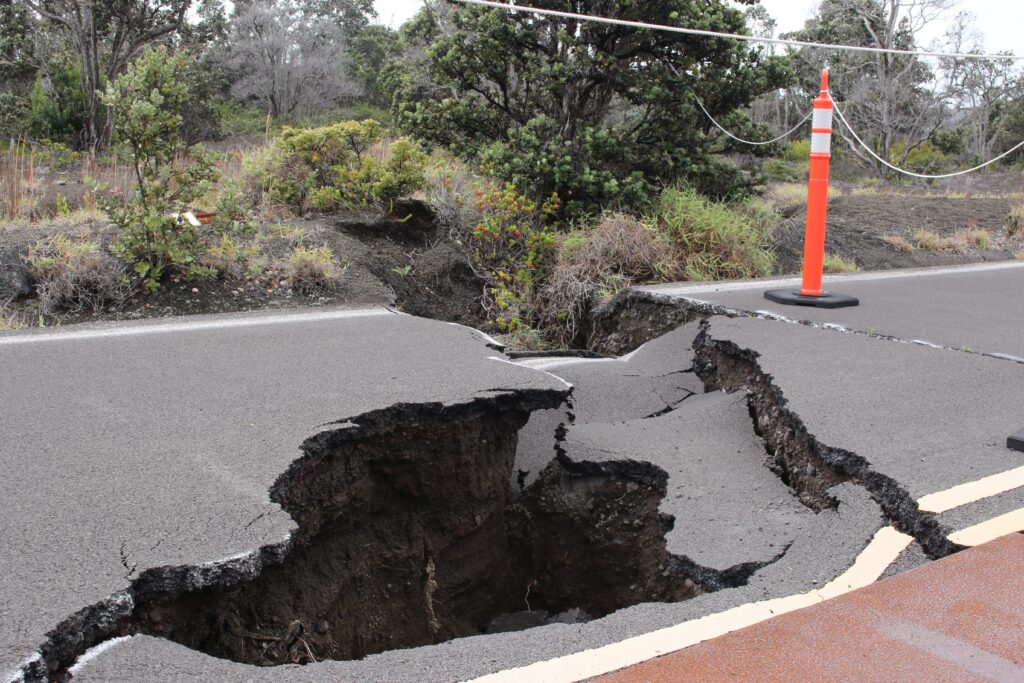We all know that California is an earthquake country. It has a long history of damaging earthquakes recorded for centuries. The famous San Andreas fault causes these large earthquakes – the sliding boundary between the Pacific and the North American tectonic plates that pass through much of the State of California.
Earthquakes are unpredictable; they can happen anywhere and without warning. That’s why the state is once again taking preventative measures to ensure that Californians are ready when an earthquake strikes.
Last Thursday, the Great California ShakeOut took place at 10:20 AM. millions of people participated in earthquake drills at work, school, or home.
The first Great California ShakeOut started 15 years ago and since then, experts have been gathering data on the advantages of bracing or bolting older buildings.
The ordinance requiring soft-story or wood-framed homes and apartment complexes to be retrofitted in the city of Los Angeles went into effect in 2015. From that point on, more than $1 billion have been spent in retrofitting thousands of structures.
So what is seismic retrofitting? Seismic retrofitting involves strengthening a structure to make it more resistant to earthquake shaking and damage. It’s a design strategy applied around the world, either for designing new buildings or retrofitting older ones.
Studies say that the L.A. retrofit ordinance will save more than $40 billion in earthquake damages, preventing thousands of deaths and injuries, and home loss. For that reason, cities in California should look into earthquake retrofitting ordinances.
Retrofitting can be expensive, fortunately, there’s a state grant program that helps property owners with up to $3,000 to retrofit their house or apartment complex.
Structures built before 1980 are especially at risk of earthquake damage because many were not built to resist shaking and moving.
Check the California Earthquake Authority’s website to register for more information on the state’s retrofitting program and to see if you qualify.

